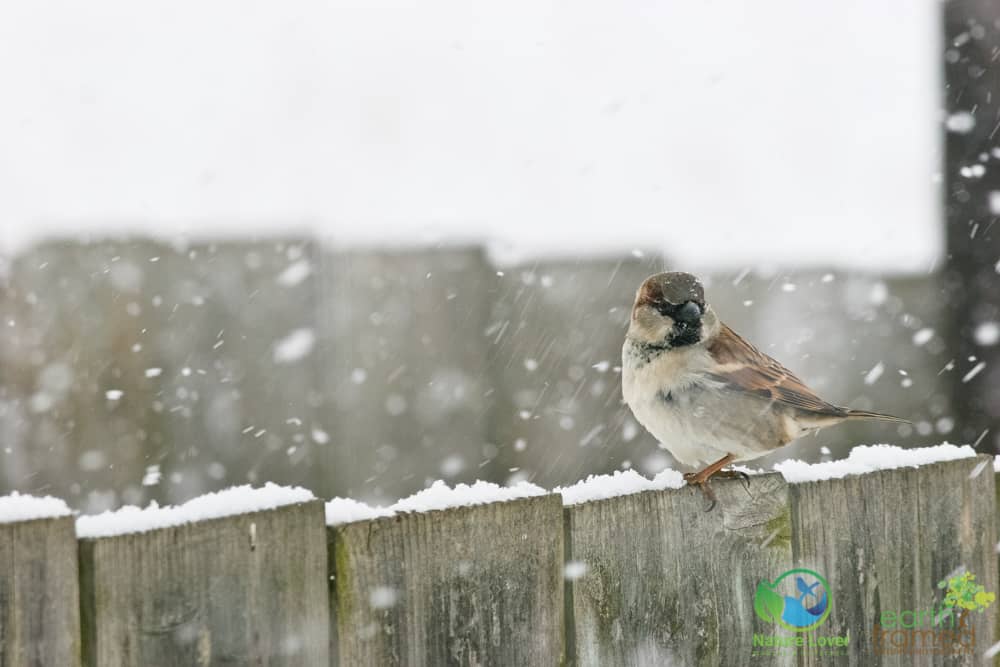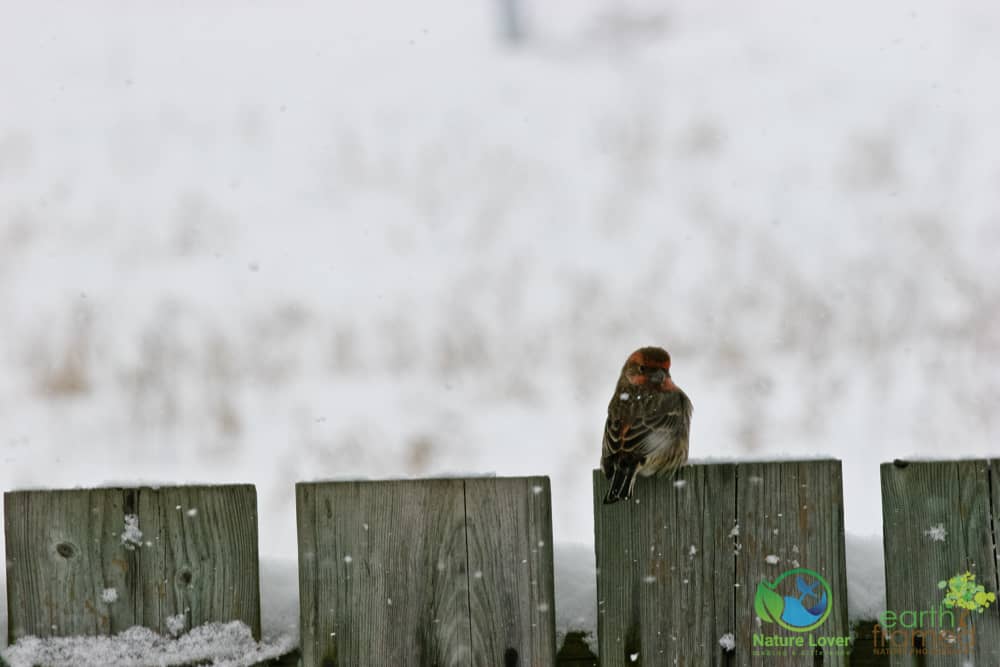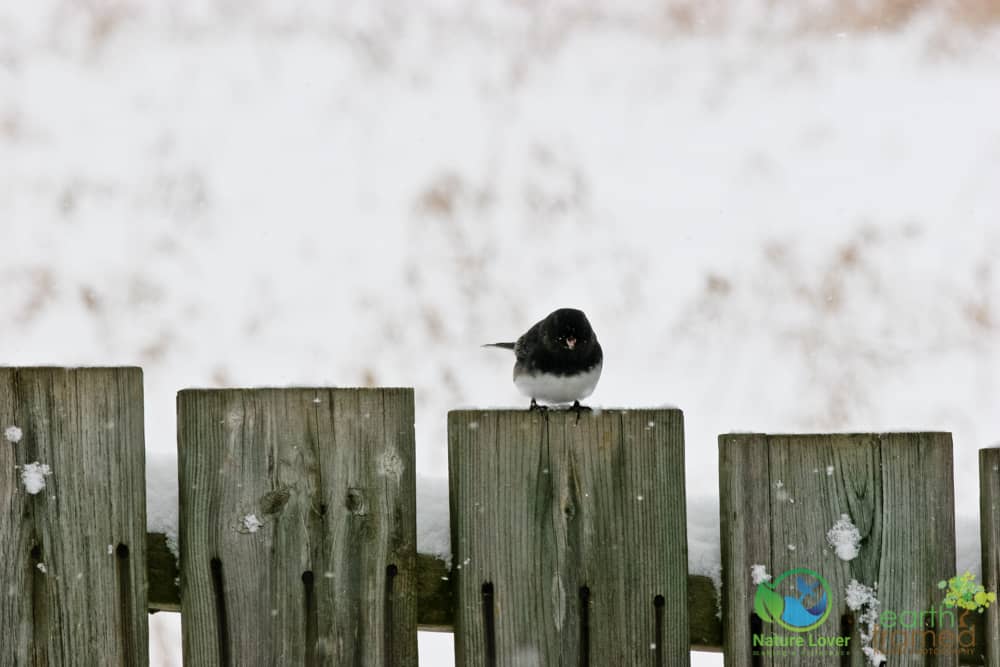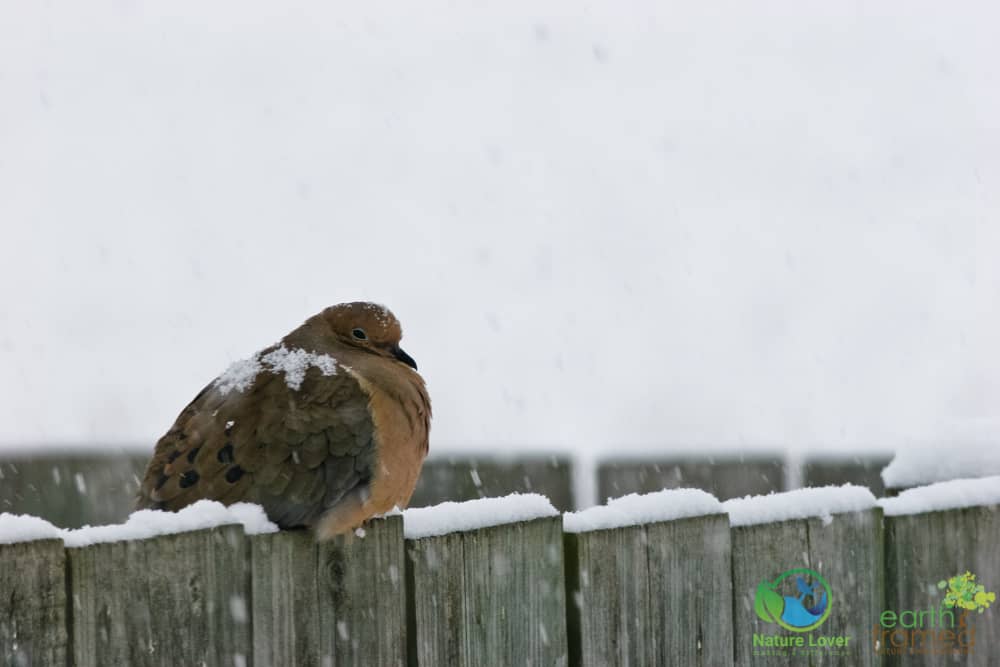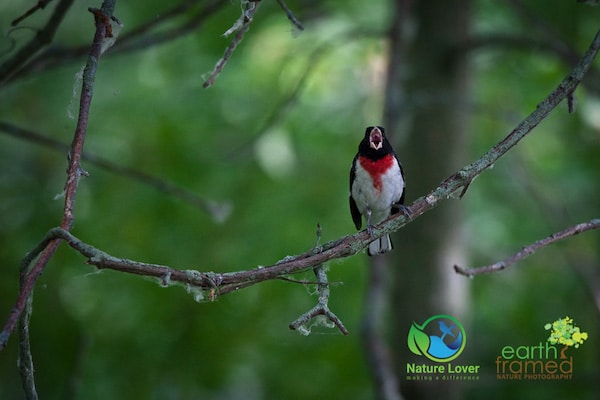When we first moved to the Petrolia area we set up some bird feeders in the backyard. In our immediate area there weren’t many mature trees, but there was a farmer’s field behind our property. We were use to mature trees and lots of birds, so this was new to us. We did have some fairly common birds show up that first year and I captured these from the back window during a bit of a snow storm.
The House Sparrow isn’t a native species, even though they are very common and prevalent. The male is easily identified by its gray head, white cheek and that black bib under its peak and onto its chest. House Sparrows are chunkier than our native sparrows, with a shorter tail and a stouter bill. They will eat a variety of foods and its hard to stop them from visiting your feeders.
This cute little bird is an American Tree Sparrow and is often seen hopping on the ground and either alone or small flocks. Look for their grey head, rusty cap and eyeline and a dark smudge in the centre of their unstreaked chests.
These beautiful birds are American Goldfinches in their duller, winter colours. They are found in Southern Ontario throughout the year and will visit your feeders regularly if you offer nyjer seed in a specific feeder that only they usually enjoy. They have no problem holding on to the small holes or swaying around in the wind.
The House Finch is another common backyard bird you will find if you hang feeders. They enjoy nyjer seed, sunflower seeds and safflowers. These birds were originally only found in western North America, but were introduced to eastern North America fairly recently. It can be difficult to see the difference between the male House Finch and the male Purple Finch.
One of our favourite winter birds is the Dark-eyed Junco. This flashy little sparrow is dark on the top and white underneath. They hop along the ground uncovering seeds and are rarely seen at feeders. They may visit a low platform feeder or a large hopper if there isn’t too much competition.
Mourning Doves can be seen year round and are common at platform feeders and searching for food on the ground. We have had dozens of them during especially cold winter snaps. We love to hear them cooing in mornings and evenings. If you want these wonderful birds to visit your yard, scatter some millet on the ground or on a platform feeder. You can even put up some winter roosting boxes.
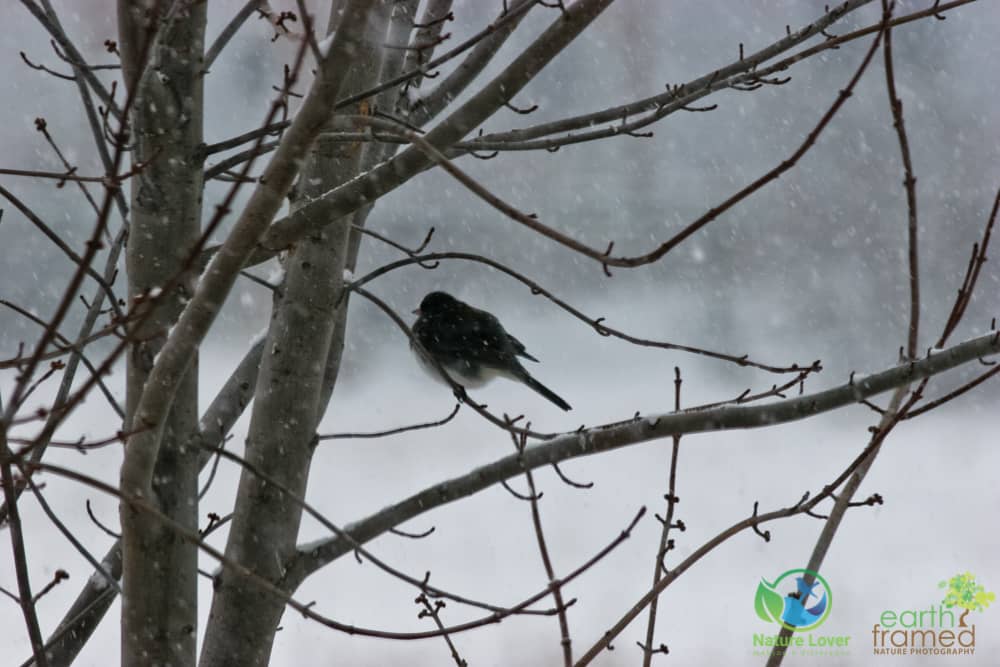 Another Dark-eyed Junco enjoying the snowfall. You can see it has fluffed up its feathers to stay warm.
Another Dark-eyed Junco enjoying the snowfall. You can see it has fluffed up its feathers to stay warm.



